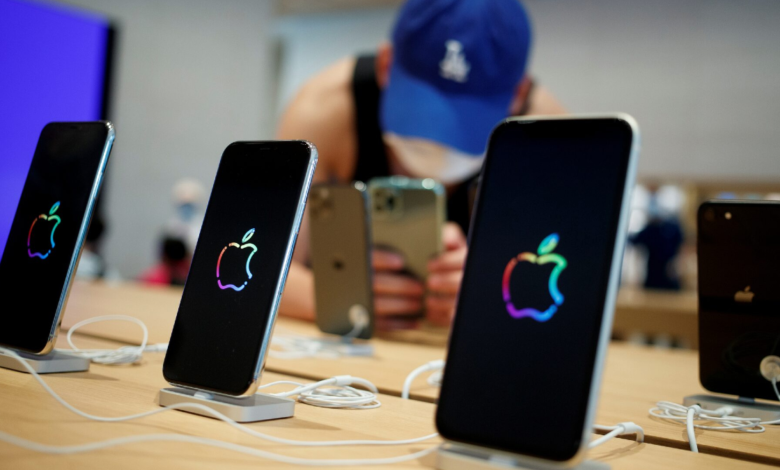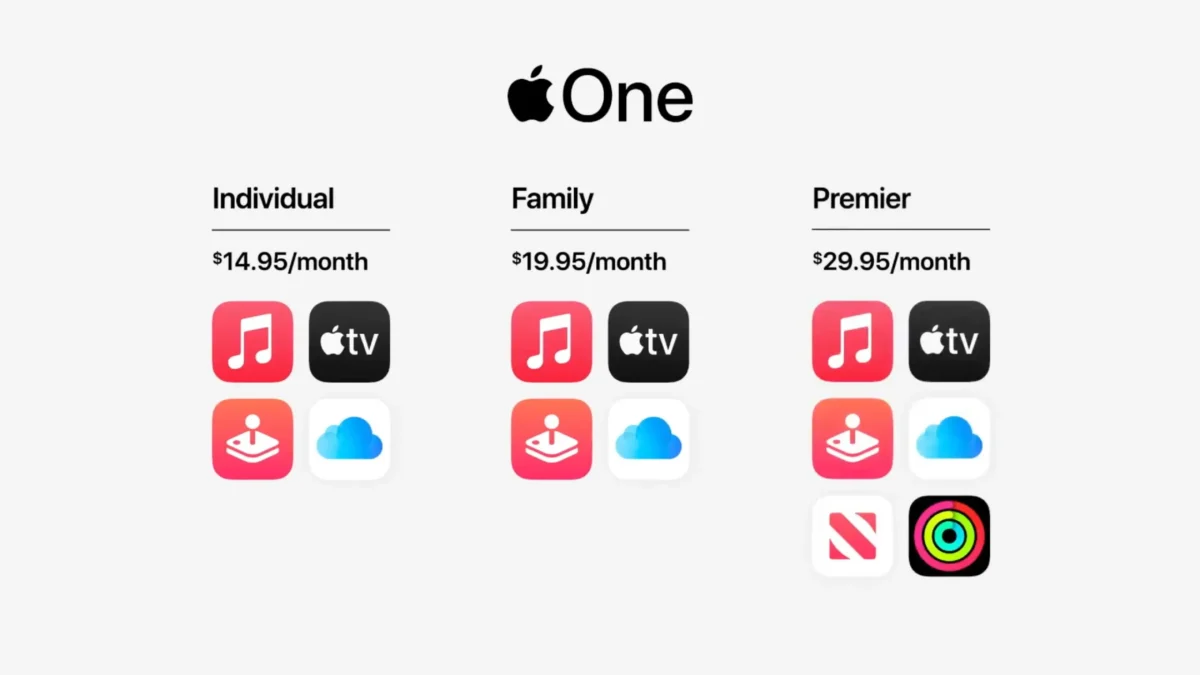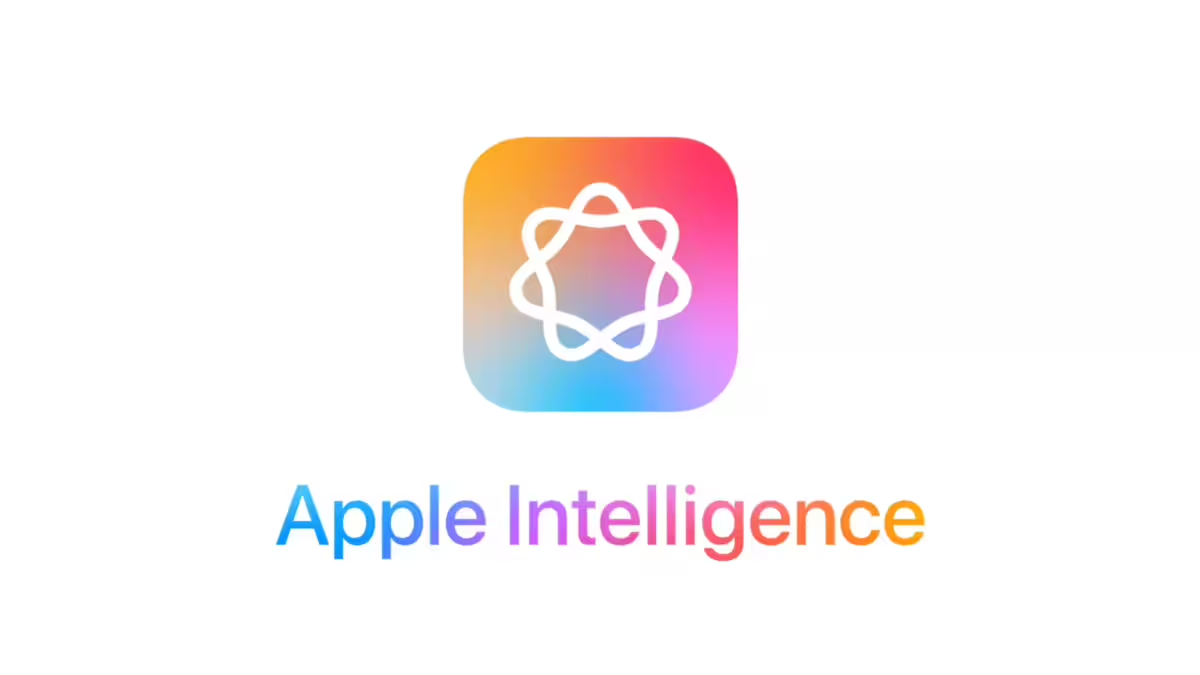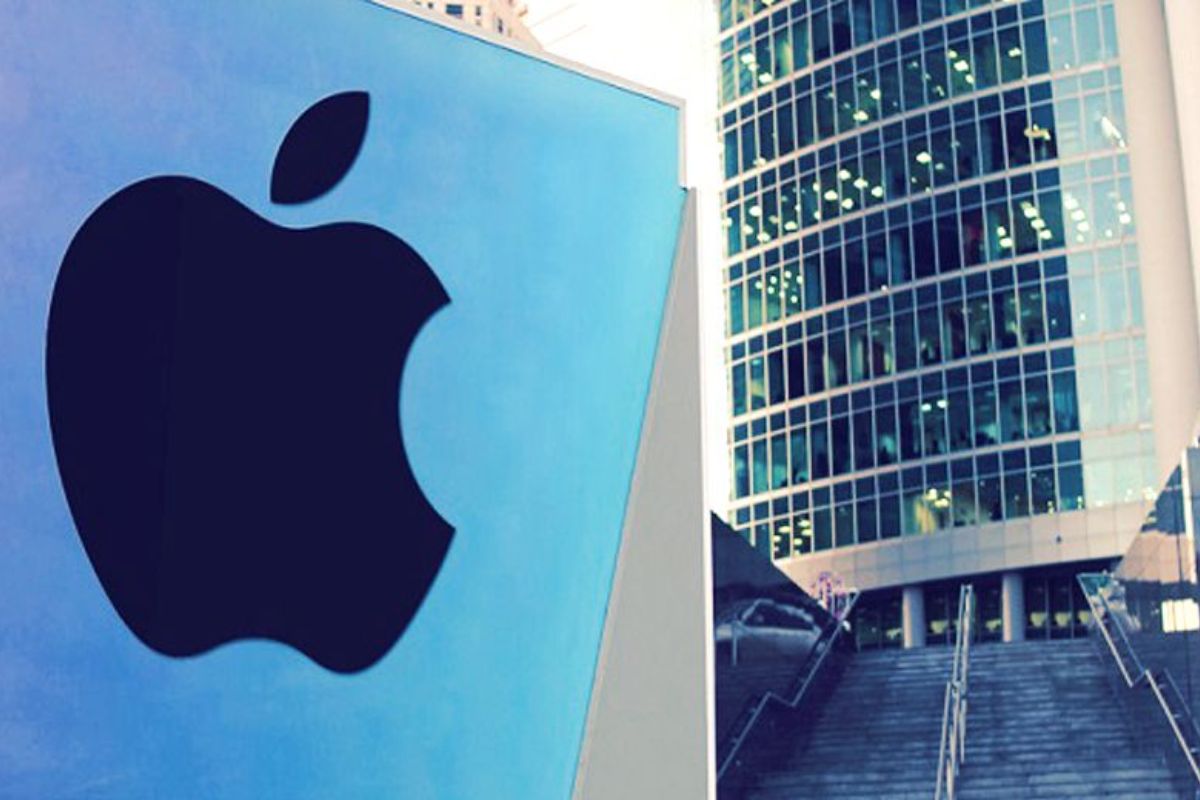Is iPhone Really The Most Profitable Product Of Apple?
Recently Apple warned its investors that iPhone might not remain the most profit making product of the company in future considering they are now stepping into Ai - an uncharted territory.

For many of us, it sounds ridiculous to even consider Apple being a services company rather than an iPhone and MacBook business. However, here is the truth about where Apple really makes its magnificent profits from.
Apple Inc. (AAPL) is one of the world’s largest and most profitable technology companies. Yet sources of its profits might be astonishing. While the iPhone continues to be the source of 50% + of the company’s revenues, it is no longer a profit driver.
In reality, Apple’s rapidly growing services business has become the company’s most profitable division and currently generates nearly 40% of the company’s gross profits.
Declining iPhone Profitability
For years, the iPhone has been Apple’s cash cow, driving the extraordinary profits and growth that investors have come to expect. But this dynamic is shifting. Sales of iPhones have slowed in recent years as the global smartphone market becomes saturated and consumers tend to hold onto their phones for longer periods before deciding to upgrade.
The own data of Apple shows iPhone unit sales and revenues flatline in the last quarters. It is partly because of a shaky world economy and the simple fact that the smartphone market is only able to grow so much more. Consumers are also keeping their iPhones longer, not helping the upgrade cycle with its lucrative revenues.
Although the iPhone remains the largest source of revenue for Apple, its market share is eroding. New products and technologies are unlikely to ever match the profitability of the iPhone as Apple enters unknown markets in artificial intelligence and virtual reality.
Apple has recently begun issuing warnings to investors that “new products, services and technologies may replace or supersede existing offerings and may produce lower revenues and lower profit margins.” This would appear to suggest the company knows that better times for the iPhone may lie behind it as the profits engine.
 The Services Rise of Apple
The Services Rise of Apple
As the iPhone’s profitability started to fall, Apple expanded its services business, ranging from the App Store, Apple Music, and iCloud to Apple Pay and Apple TV+; these have become new profit machines for the business.
Even though services constitute only around 25% of the revenue for Apple, this segment accounts for an astonishing gross profit margin of 72% as opposed to just 37% from Apple’s product business. This puts it at a position where services now generate nearly 40% of the company’s total gross profits, overtaking that contribution from hardware products.
The services business is much more stable and predictable than the sales of products, which are volatile and intensely competitive. The services division provides a stable and growing revenue stream for the company with an increasing installed base of Apple device users and an expanding portfolio of subscription services.
Challenges Faced By Apple
Nevertheless, despite the growing importance of its business in services, Apple has a lot more to overcome that would eventually bring down its supremacy.
Labor Issues – Apart from the environmental and safety performance of Apple, there are also criticisms regarding labour practices in the company and within its supply chain across the world. Some among the company’s largely union-free workforce have been seeking to unionize, allegedly violating labor laws and provoking labor disputes that threaten to disrupt Apple’s operations and tarnish the reputation of the company.
Trust Issues – Apple’s massive market clout and its domination with its iOS system have attracted growing antitrust attention from the regulators worldwide. In March 2024, US DOJ and 16 state attorneys general filed an antitrust lawsuit against the company for monopolization or attempted monopolization of smartphone markets. That is just the latest on the growing number of antitrust investigations against the business of the company.
As stated above, intense competition permeates both of Apple’s products and services streams: there is competition among the makers of smartphones. Google has been nipping at streaming media, and these firms relentlessly chip away at its ability to command and extract monopoly rents. Finally, once technology becomes sufficiently commodified, Apple will encounter difficulties protecting premiums and profit margins.
The Giant Is Directing Its focus Onto Two Fronts: AI And Its Services Business
Apple released long-awaited “Apple Intelligence” AI capabilities in June 2024, which will come to iPhones, iPads, and Macs later this fall. This may help drive demand for Apple’s hardware products and establish new streams of revenue, but we don’t know yet how they plan to monetize these directly.
But, importantly, it is doubling down on services, the now most profitable division. Apple is rapidly building out its subscription-based offering portfolio: streaming media and cloud storage initially, to payments, then digital content and more recently entertainment, but it still will keep pouring out good margins and growth because it has a huge installed base of users that own an Apple device.
Although the iPhone will never reach similar profitability again, shifting focus from Apple to the growth of services and AI bounces the company back out from stagnation in terms of hardware sales. By being a product-centric business is now evolving into an ideally balanced technology conglomerate for the company by revenue diversity and higher-margin and more recurring business models.
 Shifting Sources Of Revenues
Shifting Sources Of Revenues
The profit paradigm is fundamentally shifting for Apple, because the company’s services business now accounts for most of the profit it makes, not iPhones. This change of heart in Apple reflects what has been going wrong for the smartphone market and reflects how the company is rebalancing towards more predictable, higher-margin revenue streams.

Following the latest decline in iPhone profits, Apple will be left with its services business and newer AI capacities to stay on top in the market. But the company has still been fighting many high headwinds that have threatened its future prospects. There is antitrust scrutiny from regulators, labor issues as the tech titan expands globally, and zooming competition in a rapidly changing technological market. So, diversifying the business model and leveraging its growth in services positions Apple for a long-term future.




